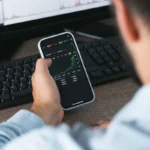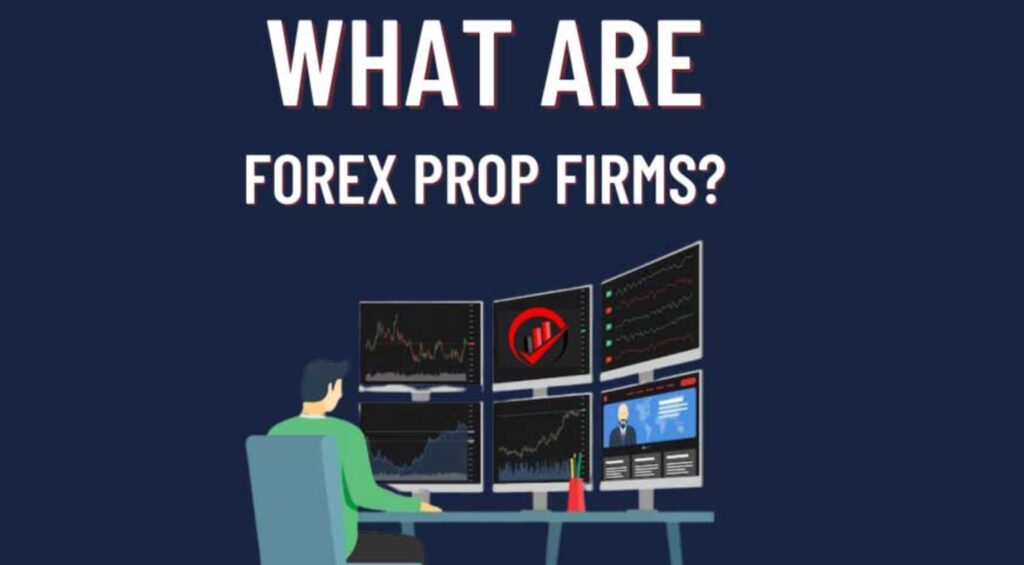Entering the world of forex trading can be as exciting as it is daunting. The complexities of currencies fluctuating against one another offers a challenging yet rewarding landscape for traders. This beginner’s guide is designed to demystify the basics of forex trading, help you select a reliable broker, understand market analysis, develop a solid trading strategy, manage your risks, and guide you on expanding your knowledge.
Understanding the Basics of Forex Trading

Forex, short for foreign exchange, is the largest financial market globally, with a daily volume exceeding $6 trillion. Unlike stocks, forex trading involves buying one currency while selling another, primarily for speculation on economic events affecting currency values. The forex market operates 24 hours a day, five days a week, providing ample opportunities for traders worldwide. Currency pairs are categorized into majors, minors, and exotics, each with different levels of volatility and risk. Leverage is a common feature offered by brokers, allowing traders to control large positions with a relatively small amount of capital, which can amplify gains as well as losses. Understanding these basics is crucial for anyone looking to step into the forex trading arena.
How to Choose a Forex Broker: A Beginner’s Guide

Selecting a forex broker is a pivotal step in your trading journey. A reliable broker acts as the gateway to the markets and should be chosen with care. Regulatory compliance is the first criterion to consider, ensuring your broker adheres to strict financial standards and offers trader protection. Compare the trading platforms offered, looking for user-friendly interfaces and the availability of tools and features that suit your trading style. Consider the costs associated with trading, including spreads, commissions, and overnight swap rates. Customer service quality cannot be overlooked, as timely support can be vital in fast-moving markets. Lastly, check for additional services such as educational resources, market analysis, and trading tools that can aid in your trading journey.
Comparison Table: Key Features to Consider When Choosing a Forex Broker
| Feature | Importance | Description |
|---|---|---|
| Regulatory Compliance | High | Ensures broker adheres to financial standards and offers trader protection. |
| Trading Platform | High | Should be user-friendly with necessary tools and features. |
| Costs | Medium | Includes spreads, commissions, and swap rates. |
| Customer Service | High | Timely support can be crucial for traders. |
| Additional Services | Medium | Educational resources, market analysis, and trading tools. |
Analyzing the Market: Fundamental vs Technical Analysis

Market analysis is divided into two main approaches: fundamental and technical analysis. Fundamental analysis focuses on economic indicators, interest rates, political events, and other macroeconomic factors that can affect currency values. This approach requires a deep understanding of global economies and their interconnectedness. On the other hand, technical analysis relies on historical price data and chart patterns to predict future movements. It involves the use of technical indicators and tools to identify trends, support and resistance levels, and potential entry and exit points. Most successful traders use a combination of both approaches to make informed decisions, balancing the broader economic outlook with detailed chart analysis.
Developing a Solid Forex Trading Strategy

A solid forex trading strategy is essential for achieving long-term success in the markets. This strategy should be well-defined, based on thorough market analysis, and aligned with your risk tolerance and trading goals. Whether you prefer day trading, swing trading, or position trading, consistency is key. Employing risk management techniques, such as setting stop-loss orders and only risking a small percentage of your account on a single trade, is critical to safeguarding your capital. It’s also important to maintain discipline, sticking to your strategy even in the face of market volatility. Continuous learning and strategy refinement based on market feedback and personal performance review will help you evolve as a trader.
Managing Risks: Tips for Safe Forex Trading

Risk management is paramount in forex trading. Due to the high levels of leverage and volatility, the potential for significant losses is as great as that for gains. Never trade money you cannot afford to lose, and be conscious of the emotional and financial toll trading can take. Utilize tools like stop-loss orders to limit potential losses and take-profit orders to secure gains. Diversifying your trading portfolio can also help spread risk. Continuous monitoring of open positions and being prepared to adjust your strategies in response to market changes are crucial habits for risk management. Remember, preserving capital is just as important as making profits.
Expanding Your Forex Knowledge: Next Steps

The journey to becoming a successful forex trader is continuous and ever-evolving. Expanding your knowledge is crucial for staying ahead in a rapidly changing market. Participate in online forums, webinars, and seminars to learn from experienced traders. Practice with a demo account to refine your strategies without financial risk. Stay informed about global economic events and understand their potential impact on currencies. Consider advancing your trading skills with courses on advanced technical analysis, fundamental analysis, and risk management. Finally, be patient and persistent. Building expertise in forex trading takes time and dedication.
Forex trading offers a world of opportunities but requires a solid foundation in understanding the markets, a disciplined approach, and an ongoing commitment to learning. By following this guide, you are taking the first step towards navigating the forex markets with confidence.






